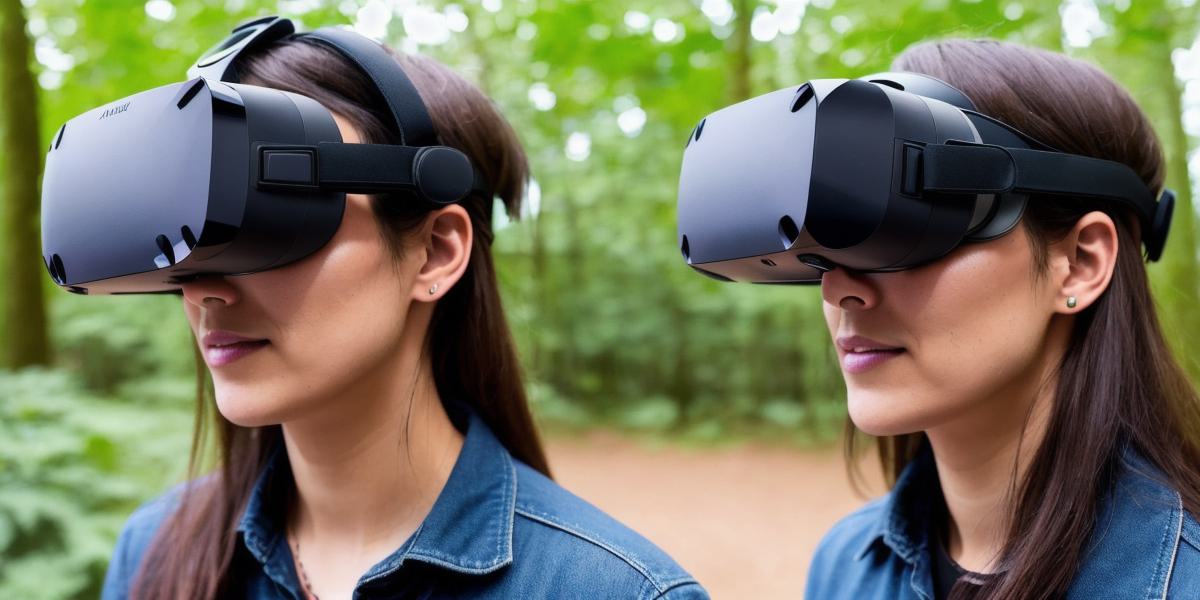If you’re a VR developer, you may have heard of AR (Augmented Reality) experiences, but what exactly are they and how do they differ from VR experiences? In this article, we will explore the world of AR experiences, their capabilities, and their potential in virtual reality development.
Firstly, let’s define AR experiences. Augmented Reality is a technology that overlays digital information on top of the real world, enhancing the user’s perception of their environment. AR experiences can be accessed through smartphones or other devices equipped with cameras and sensors, allowing users to interact with digital elements in real-time.
One of the main advantages of AR experiences over VR experiences is that they allow users to remain anchored in the real world while still experiencing virtual elements. This makes them ideal for applications where users need to maintain a sense of their physical surroundings, such as in education, training, and retail.
A great example of an AR experience is the popular app Snapchat, which uses AR filters to enhance photos and videos. Another example is the Ikea Place app, which allows users to visualize furniture in their home before buying it. These apps demonstrate how AR experiences can be used to create immersive and interactive experiences that engage users in new and exciting ways.
AR experiences also have the potential to revolutionize the way we interact with technology. For example, AR could be used to create more intuitive and efficient interfaces for smartphones and other devices, making it easier for users to access information and perform tasks.
In conclusion, AR experiences offer a unique opportunity for VR developers to create engaging and interactive applications that enhance the user’s perception of their environment. As AR technology continues to evolve, we can expect to see even more innovative and exciting applications in the future.
